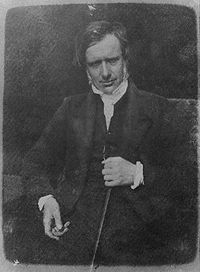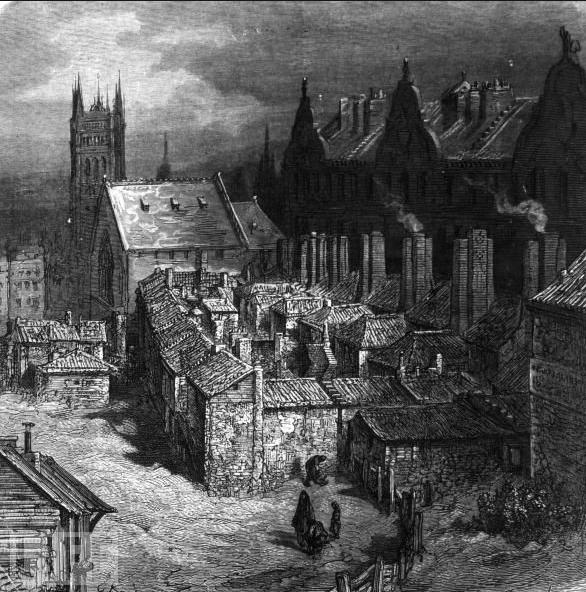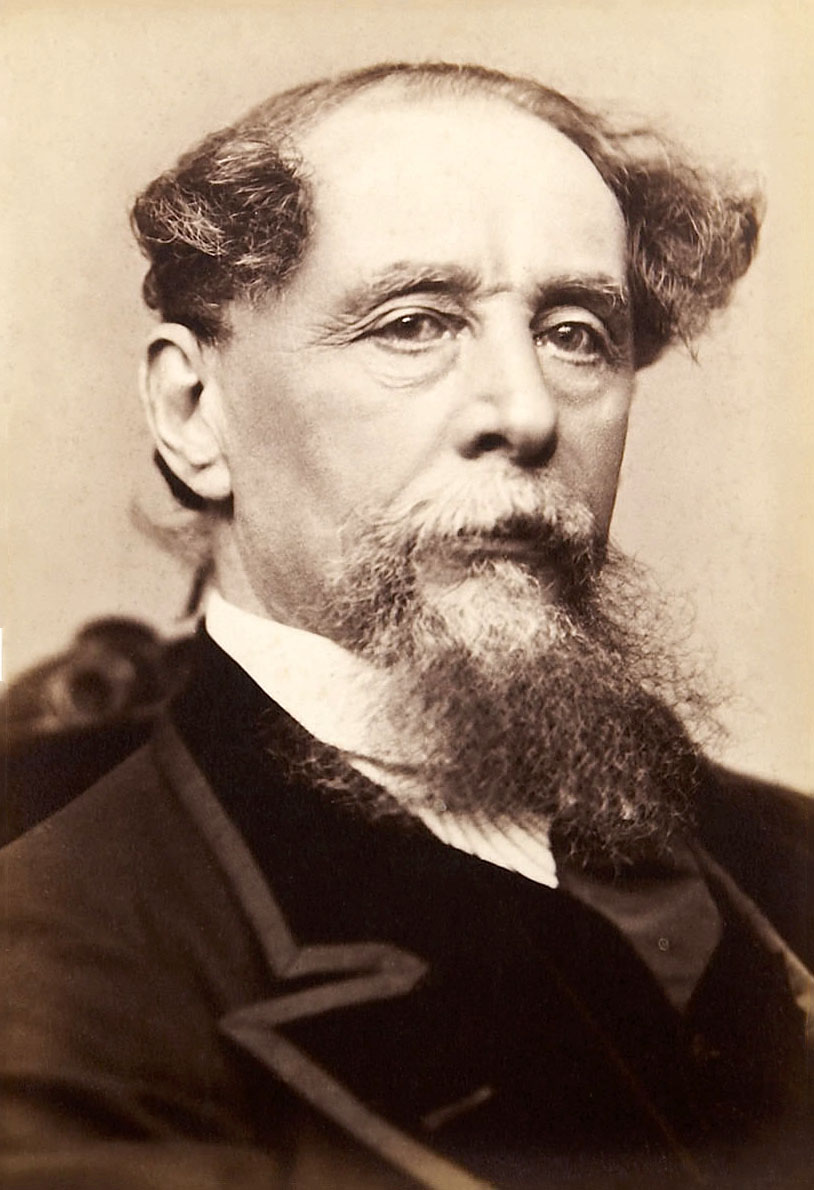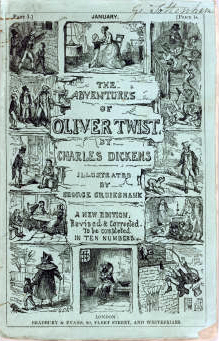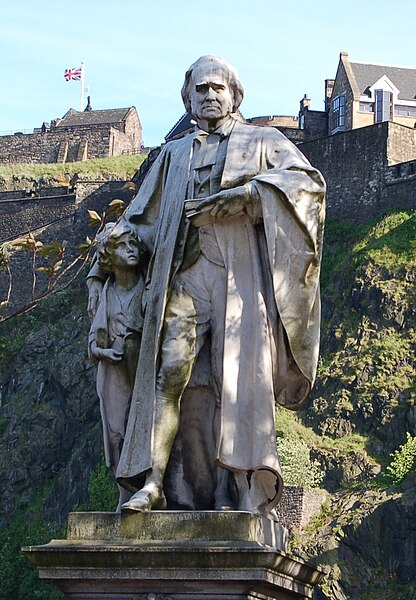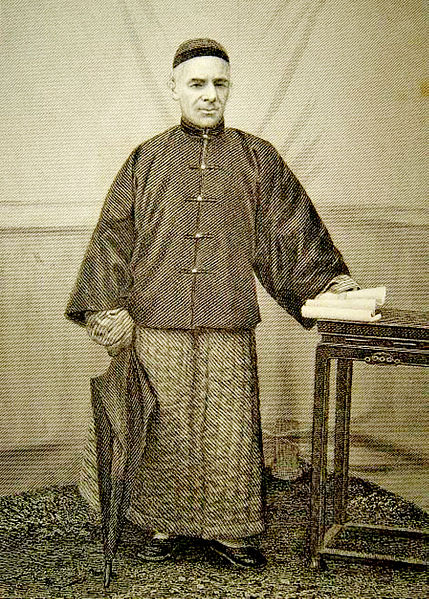Recently I was asked to speak to some business people on social transformation. I was only too happy to use Guthrie as an example.
The Lions Clubs International Convention Aberdeen
It’s a real pleasure to be with you all today.
In his memoirs, Geoffrey Cox who was a Director with ITN for many years talks about his time in the army as an Intelligence Officer and how, during WW2, he gathered all his commanders around him each morning. Cox says of his commanders; ‘The lives of the men they commanded and, indeed their own would depend on the accuracy of the information I imparted…It developed in me a relish for establishing the truth, which is an end in itself.’
We can ever get to the root of an issue we need to establish the truth.
Why do we need social transformation in Scotland today?
- In 2011/12 45,322 households presented as homeless to Scottish Local Authorities
- 17% of adults and 20% of children in Scotland live in poverty
- 60% of young people leaving care have no formal qualifications
- The Scottish prison population is expected to rise to 9,500 by 2019
- Reoffending rates within 2 years of release stand at 47%
- 222,000 people are unemployed in Scotland with youth unemployment currently at 23.7%.
- Foodbanks – The Trussell Trust have now established 180 foodbanks across the UK with 18 in Scotland.
- Suicide rates amongst young men in Scotland are 80% higher than in England and Wales.
- Drugs – there are 60,000 people in Scotland with serious drug issues.
Whether we would agree that we live in a ‘Broken Britain’ or not, we are certainly facing some huge challenges.
So how to we bring about change?
- More investment?
- More government?
- Better systems?
- More rights?
- Better legislation?
- Better leadership?
All these things are critical but the main issue is much more fundamental.
Bethany Christian Trust’s main focus is on homelessness although it is impossible to take this in isolation. The truth about the reason for homelessness is clear from the statistics that every year show relationship breakdown within marriages, partnerships, friendships and communities is the main cause of people finding themselves without a home.
Services which focus on housing and health and infrastructure, while they will all help, are not going to get to the crux of what is primarily an issue of interpersonal relationships.
We know homelessness is mainly caused by harmful and by broken relationships. What we need in Scotland is a radical improvement in the quality of our relationships with each other and the importance that we place on them; whether they are in marriages, friendships, companies, churches or communities.
We need to purposefully and concertedly work on our relationships if we are to overcome the issues that lead to people becoming homeless in Scotland.
I’ve been asked to speak today on social transformation. But let me ask another question – what do people need to thrive?
Let me suggest three things;
- we all need people around us who we can love and turn to in a crisis
- we all need somewhere we can call home
- we all need a sense of purpose.
How can we achieve these things?
1. By intervening early
2. By working together
1. Early intervention
There is increasing evidence that prevention is better than cure. We can think of many examples of this.
The Scottish Council Single Homeless estimate that the cost of a failed tenancy is anything from £25-45,000. The work that Bethany is doing at our Community Projects here in Aberdeen and across Scotland helps people before they get in to crisis to avoid all the human misery and cost that comes through eviction.
This holds true in almost every area;
- If we invest in budgeting and financial management we can help young people to avoid debt
- If we invest early in wellbeing we can cut down the rise in mental health issues
- If we are trained to recognise the symptoms of somebody contemplating suicide we can intervene and avoid needless deaths.
Similar evidence is available with regard to early intervention with children at risk of abuse and neglect. It is estimated that for every £1 spent on prevention £20-30 is saved on acute services.
As the report Early Intervention, Good Parents, Great Kids, Better Citizens by Graham Allen MP and Iain Duncan Smith MP says;
Suppose that we help a young mother and a toddler with a £1000 worth of health visiting at the time she and her baby need it most: that makes more sense than waiting 16 years in order to pay £230,000 to incarcerate that baby in a young offenders’ secure unit for a year when he has gone astray.
One of my great heroes pioneered early intervention over 150 years ago. Thomas Guthrie’s statue looks very lonely in Princess Street Gardens with hardly a soul knowing who he was or what he achieved. But there is a clue in the statue; Guthrie holds a Bible in one hand and his other arm is protectively wrapped around a little orphan or ‘ragged child’. The inscription beneath reads ‘a friend of the poor and the oppressed.’
Guthrie was no ivory tower theologian and preacher. After a his first Parish in Fife where he established a savings bank and library for his parishioners, Guthrie was called to the rapidly industrialising city of Edinburgh where after three years at Old Greyfriars he built a new church called St Johns in one of the poorest and degraded parts of Edinburgh between the Lawnmarket and the Grassmarket.
Guthrie saw all around him the need for social transformation. Children slept rough, begged and stole to exist. Drunken parents threw them out on the streets and wouldn’t let them back until they had collected enough money to pay for the next round of gin.
The ragged schools movement, which was started by Sheriff Watson in Aberdeen where they were known as Industrial Feeding Schools, became Guthrie’s life’s work. Countless 1000’s of children were rescued from a life of abuse and neglect and given love, a place to call home and a sense of purpose.
The facts speak for themselves;
- The Edinburgh prison population in 1847 (the first year of the Ragged Schools in Edinburgh) consisted of 315 under 14’s (315 out of 5743 or 5%).
- By 1851 the figure was 56 out of 5,869 (1%).
Guthrie preached a transformational message. Just like the story of the Prodigal Son in Luke 15 he saw many younger brothers in the pigsty of life but told them about a God who could offer forgiveness and transformation through grace. There were many in the Scottish Church in those days who were horrified at what Guthrie was doing. Even his elders at St John’s were frightened at the prospect of feeding little street urchins in the basement of the church. They were like the elder brother in the story of the prodigal son; proud, angry, superior, condescending and ultimately unable to love the broken and filthy that this world puts before us.
Guthrie is a great example of the power and effectiveness of early intervention. As with everything, early intervention has gone full circle and it has become the political flavour of the month. In his speech to the Local Government Association in 2007 the Prime Minister David Cameron said;
…ask a primary school teacher with a class of 5 year olds, which ones are likely to be in trouble with the law in 5 or 10 years’ time – and chances are, the teacher will be able to tell you with total accuracy. So given this, why do we wait until kids are 10 or 15 before we try to intervene? Why do we wait till the problems have got worse, and the kids are bigger and more angry and more upset?…There is a depressing journey too many of our young people take – a journey of three letter acronyms. From an EBD unit to a PRU. From the PRU to a YOI. And finally to an HMP. Early intervention is the best hope we’ve got to get people off this journey.
As Guthrie showed and as a mountain of research proves early intervention works.
2. The second way can achieve social transformation is by working together
Four years ago rough sleeping and homelessness in general was a huge issue in Aberdeen. Over 2008/9 Aberdeen City Council were turning away many people due to lack of suitable temporary accommodation. While many turned to relatives for accommodation for others the streets became their home. Begging was very visible along Union Street and around the city centre.
Over the last four winters Bethany coordinated a Winter Care Shelter for rough sleepers in 10 church venues in Aberdeen city centre with 21 local churches providing a two course hot meal at 9:30pm each night. Over 250 volunteers worked alongside Bethany staff. The impact of this project has been incredible as the rough sleeping figures have decreased year on year. With homelessness figures falling, services redesigned towards prevention rather than emergency response and the volume and quality of temporary accommodation having been increased, there are no plans to run a rough sleepers shelter this year. That’s what I call social transformation.
The Winter Care Shelter is an example of good partnership working between Bethany and Aberdeen City Council. Most of all it proves the power of community involvement and how 100’s of volunteers were only too willing to give up their time and respond to a huge need in their community.
Only last week a private company in Aberdeen decorated the flat of a woman who had been run out of one area by anti social behaviour. About a dozen employees took 2 days out of their work to decorate and furnish a flat for a woman who had nothing in life and nobody to turn to.
Another example is our befriending project. Six years ago we saw the need for community support for people leaving our services. Bethany trains up very ordinary people to get along side isolated people. The results have been staggering. Over the last few years we have worked with 133 people and only one person has not maintained their tenancy. This is real social transformation; ordinary people getting alongside other people and helping them to integrate and assimilate into the community.
Conclusion
Social transformation is complex. There is no silver bullet, no one size fits all and no easy strategy for every area.
I have outlined what I believe are some important principles; intervening early, and working in partnership. But none of this will happen unless we have a long term vision. Some of our communities almost have to be rebuilt because all sense of community and responsibility has completely broken down.
As with almost every of life, relationships are key. Strategy, legislation and government can do so much but it is people who make the difference.
Imagine if everyone in the conference resolved to do one thing to make a difference. If everyone here decided to befriend somebody who is isolated, mentor an offender, train a young person regarded as unemployable? Imagine the impact you could have collectively.
For those of you have watched the short film on Bethany in Aberdeen available on our website you will have seen and heard an interview with David. Two years ago David stood on Union Bridge deciding the most effective way to kill himself. After police intervention and several nights in a Bethany Christian Trust Winter Care Shelter, David got accommodation with Aberdeen City Council and is now settled in a flat. During the film David says ‘rough sleeping, it’s a misnomer. You don’t sleep, you doze…if you’re lucky. Later on in the film David shows us his new flat. He says ‘After a couple of weeks I stopped saying I was going back to my flat and said I’m going home.’
This is the vision that we have in Bethany Christian Trust. Not just that we see people accommodated but that people find a place where they belong, that they have a sense of purpose and where they can play a full part in their community.
If we work together, we can create a more caring and compassionate society.
Thanks for inviting me and enjoy the rest of your conference!
